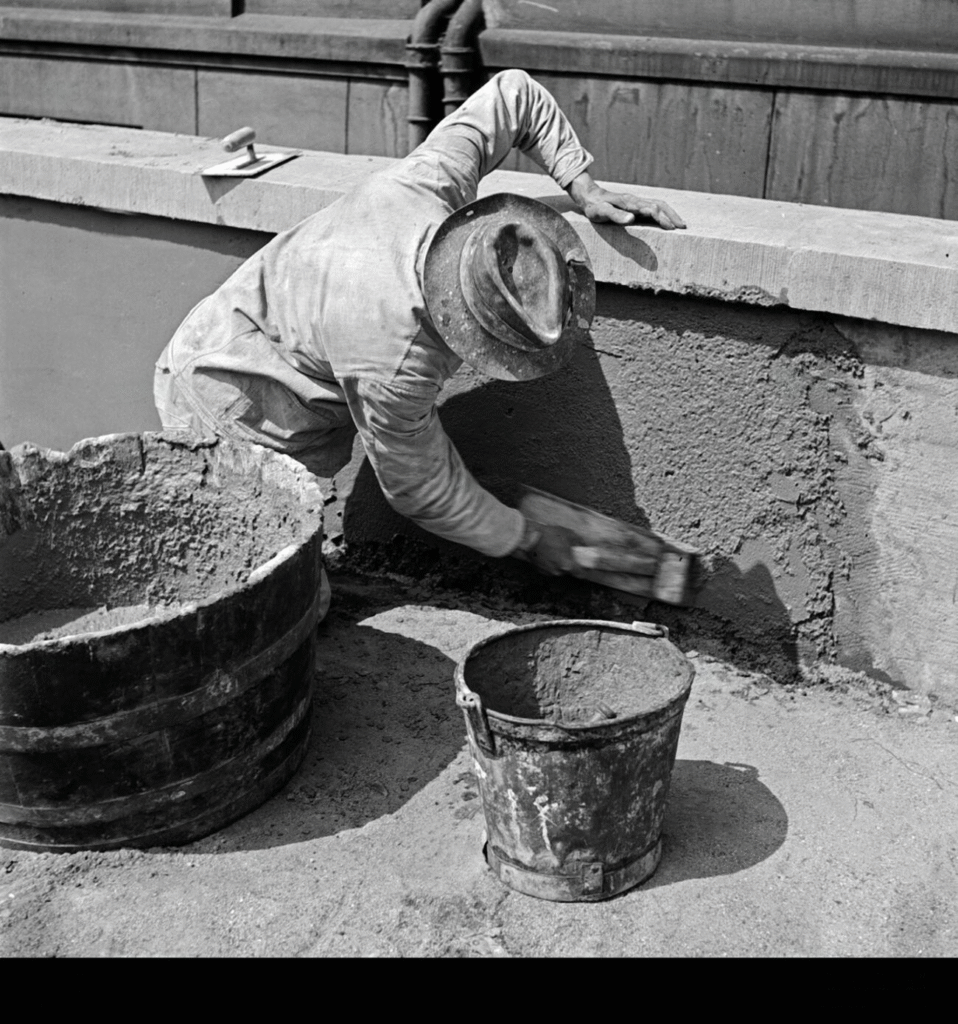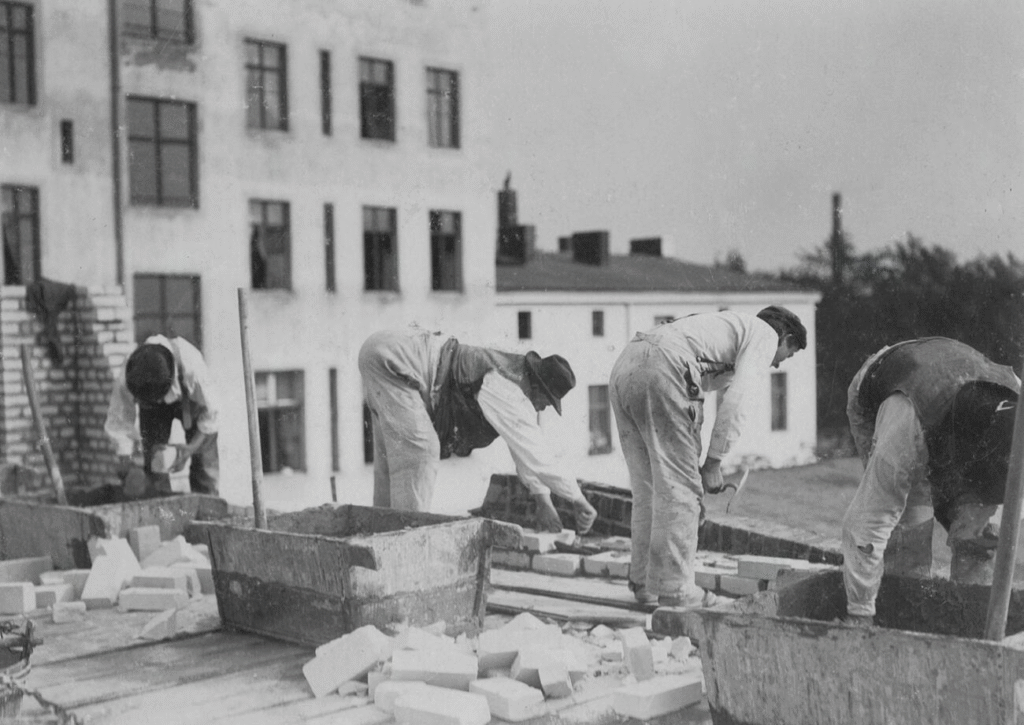
Every home tells a story through its walls. The solid, cool touch of an older home feels different from the smooth, papered surfaces of modern interiors. Many people ask, “How does house plaster from my granddads house compare to today’s plaster and drywall”, curious about how much has changed in just a century. The answer lies in materials, craftsmanship, and how our priorities in building have evolved from durability and artistry to speed and efficiency.
The Classic Craftsmanship of 1930s Plaster Walls
In the 1930s, plastering was considered a highly skilled art form. Each wall was handmade, layered with care and precision. Builders used wooden lath strips nailed horizontally onto wall studs. Then, multiple layers of plaster were applied over them. The process typically involved three coats: the scratch coat, the brown coat, and the finish coat.
Each layer had a purpose. The scratch coat formed a rough base for grip. The brown coat added strength and thickness. The final coat created the smooth, polished surface that homeowners could paint or wallpaper. This kind of plastering took time and talent, something modern construction rarely allows for.
The mixture itself was often made of lime, sand, and water, with horsehair or plant fibers added for strength. The result was a dense, durable wall that could last for generations. Even today, many homes built in the 1930s still have their original plaster walls intact, a testament to their quality and longevity.
Materials That Defined an Era
One of the biggest differences in plaster from yesteryears and today is the material composition. In the past, lime plaster was the star ingredient. It was breathable, meaning it allowed moisture to move through the wall without trapping it a natural way to prevent mold.
To make the plaster stronger and more flexible, craftsmen often mixed in horsehair or other natural fibers. This helped prevent cracks and made the wall more resistant to shifting or settling. The finish coat was polished by hand using a trowel, giving every wall its own unique texture and sheen.
This combination of natural materials created walls that were not just functional but also environmentally friendly and healthier to live with. Lime plaster absorbed carbon dioxide from the air as it cured something modern drywall cannot do.
The Arrival of Drywall: Speed Meets Simplicity
After World War II, construction needs changed rapidly. The housing boom demanded faster, cheaper methods to build homes. This is when drywall or Sheetrock became the standard.
Drywall was made of gypsum plaster sandwiched between two sheets of paper. It was easy to produce, transport, and install. Instead of hand-applying layers of wet plaster, builders could simply screw large boards onto wall frames. Once the seams were taped and covered with joint compound, the walls were ready for paint.
This process dramatically reduced labor time. What took several days for plasterers could now be done in a few hours by a small crew. It also meant that builders didn’t need highly skilled plaster craftsmen; drywall could be installed by general laborers.
Drywall was lighter, faster, and cheaper. However, it came with trade-offs that many older homeowners notice today.
Durability and Strength
When comparing house plaster from the 1930s to today’s plaster and drywall, durability is one of the biggest contrasts.
- 1930s plaster walls are incredibly solid and resistant to damage. You can bump into them or hang heavy objects without much worry. Their density also provides better sound insulation, keeping rooms quieter.
- Modern drywall, while easier to install, is more fragile. It dents or cracks easily if hit or mishandled. Heavy objects often require anchors or special mounting hardware.
This is why older homes tend to “feel” more solid; their walls are literally thicker and stronger. Drywall, though more convenient, often needs more maintenance and repair over the years.
Soundproofing and Fire Resistance
Traditional lime plaster has excellent soundproofing qualities because of its density. It naturally absorbs noise, which made 1930s homes quieter and more private. Plaster also provides excellent fire resistance; its mineral content can withstand high temperatures without burning.
Modern drywall also offers fire-resistant options, but standard sheets don’t compare to the natural resilience of thick plaster walls. Builders often use special Type X drywall for improved fire protection, but it still doesn’t reach the same level of performance as old lime-based plaster.
Ease of Installation and Repair

There’s no denying that drywall wins when it comes to installation speed.
- Drywall can be installed in a day or two for an entire home.
- Plastering, on the other hand, can take a week or more, with each coat needing time to dry and cure.
However, when it comes to repair, plaster requires more skill. Fixing cracks or holes in old plaster often involves special lime mixes and careful troweling. In contrast, drywall repairs are quick, a bit of joint compound, sanding, and paint usually does the trick.
So while drywall is more efficient for builders, plaster demands artistry and patience. That’s why homeowners restoring old properties often prefer to keep original plaster rather than replace it.
Aesthetic and Texture Differences
Another major distinction in “house plaster from the 1930s compared to today’s plaster and drywall” lies in appearance and texture. Plaster walls have a handcrafted finish with subtle waves, depth, and texture that reflect light beautifully. Every surface feels alive and slightly irregular, a sign of human craftsmanship.
Drywall, by contrast, offers a perfectly flat and uniform surface. It looks clean and modern, but it lacks the charm and visual depth of plaster. This difference in texture is why many people find older homes more visually appealing; their walls tell a story that factory-made materials can’t replicate.
Environmental and Health Factors
Lime plaster is naturally eco-friendly. It doesn’t trap moisture, reducing the risk of mold or mildew. It also absorbs carbon dioxide as it cures, helping purify indoor air. In the 1930s, people may not have realized it, but they were building with materials that supported healthy living environments.
Modern drywall, while easier to work with, can release dust and chemicals during installation. Some drywall products also contain additives or paper coatings that don’t breathe, which can trap moisture inside walls if not properly ventilated.
This growing awareness of environmental impact has led some modern builders to revisit traditional lime plaster for its sustainability benefits.
Repair, Restoration, and Longevity
Restoring 1930s plaster requires skill, but the results are worth it. When properly maintained, plaster can last over 100 years much longer than drywall, which often needs replacing after a few decades. Restoration experts recommend patching cracks with compatible lime materials rather than removing the plaster altogether. This keeps the home’s character and value intact.
Drywall repairs, while quick, usually don’t last as long or blend as seamlessly with the rest of the wall. Over time, joints and seams may become visible again due to shifting or humidity.
Conclusion
So, when we ask “How does house plaster from my granddads era compare to today’s plaster and drywall,” the answer reveals how construction reflects changing values.
The plaster walls of the 1930s symbolize craftsmanship, durability, and individuality. They were made to endure, with natural materials and human skill at their core. Modern drywall represents convenience, efficiency, and uniformity perfect for fast-paced construction but lacking the soul of old plaster.
In the end, both have their place. For restorers and lovers of vintage architecture, plaster remains a symbol of quality and history. For modern builders, drywall is the practical choice for speed and cost. Together, they show how far building technology has come from lime to layers, and from art to industry.

